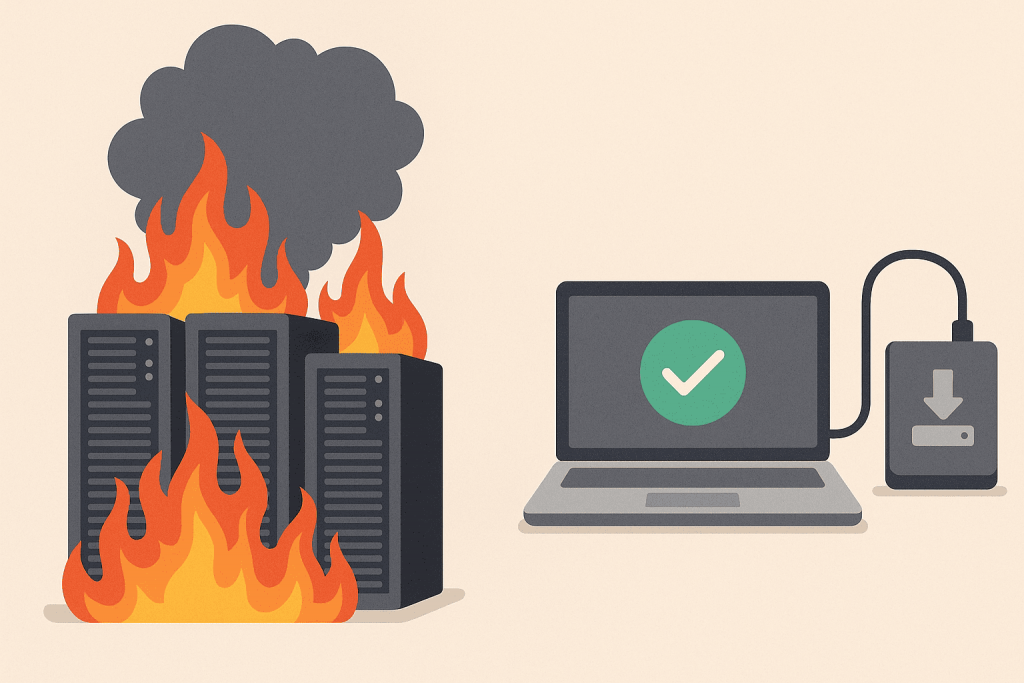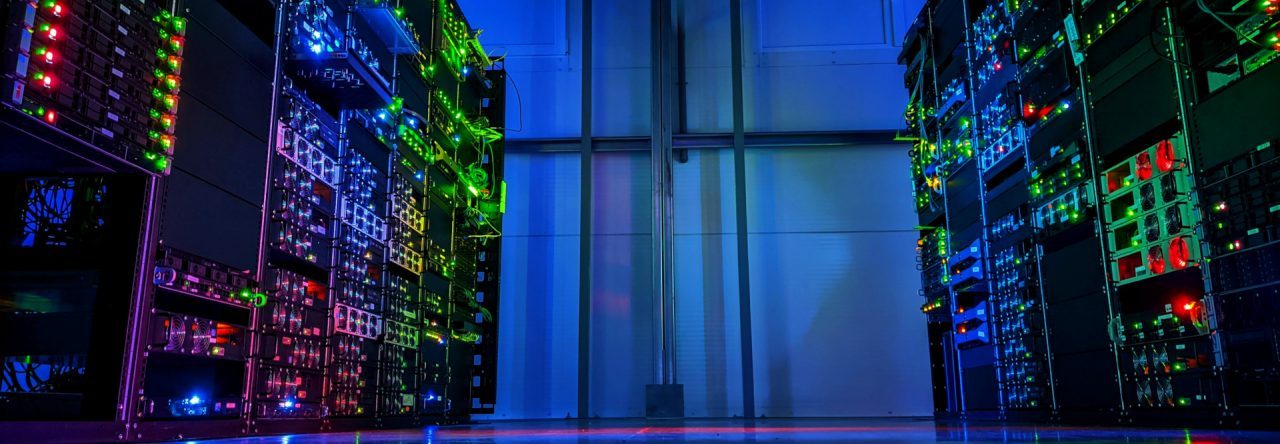
September 2025 became a painful lesson for the entire IT industry. In South Korea, a fire at the headquarters of the National Information Resources Service destroyed the government cloud storage system that had been used for seven years by hundreds of public institutions. As a result, more than 120,000 civil servants lost their work files, and the total amount of destroyed data reached a staggering 858 terabytes. This was not just a technical disaster — it was a vivid demonstration of how dangerous it can be to store everything in one place, even if that place is a “government cloud.”
The incident was caused by a fire that broke out in the server room on the fifth floor of the facility. The flames damaged dozens of critical information systems, including the government’s main document storage platform — G-Drive. This platform had been in use since 2018, and all official documents from government institutions were required to be stored there. Each employee had a personal cloud space that was meant to replace traditional local storage. It seemed like a reliable and modern solution — until it became clear that the system had no external backups.
That detail proved fatal. Due to the system’s architecture and limited performance, G-Drive did not support the creation of backups on remote sites. All data — both primary and backup — was stored on the same physical infrastructure. When the fire engulfed the server halls, not a single duplicate repository survived. One incident — and seven years of government records vanished without a trace.
For some ministries, the consequences were catastrophic. In departments where all work was stored exclusively in the “cloud,” operations came to a complete halt. A few agencies managed to recover some files only because individual employees had copies on personal computers or in paper form. However, most archives, analytical materials, and internal reports were lost forever.
This situation revealed a key truth that many still underestimate: cloud storage does not equal security. The fact that data resides in a large data center or on a government server doesn’t guarantee its safety. If the backups are stored in the same physical location as the main system, then a fire, flood, or power failure can wipe out everything. Even the most powerful infrastructure is helpless without external copies — it simply has no fallback path for recovery.
In this case, the data loss was a direct result of the absence of off-site backups — copies stored in independent, geographically separate facilities. Other government systems that maintained daily replication to remote servers were affected far less severely. This clearly shows that the reliability of a data center depends not on its size or status but on the presence of a multi-layered data protection strategy.
Such incidents also highlight another crucial point: backups must not only be created but also regularly tested. Many organizations have backup policies, but few actually verify that those copies can be restored. Without routine recovery tests, even the best backup system may turn out useless when it’s needed most.
The South Korean fire has prompted both governments and businesses worldwide to rethink their approach to cloud security. If even a centralized state system couldn’t withstand an emergency, private companies with fewer resources are at even greater risk. A backup stored on another disk or server within the same data center is not real protection — it’s an illusion of safety. True reliability begins only when copies are stored in independent environments, with separate power supply, communication channels, and administrative control.
Server.UA is a modern Ukrainian data center that combines high performance, multi-level security, and state-of-the-art fire protection systems. Its infrastructure is designed with redundancy at every level — from power supply and cooling to data storage. Clients can not only rent servers of any capacity but also purchase additional backup services, ensuring independent copies on separate drives or remote sites. This approach guarantees real business continuity even in the event of unforeseen emergencies.
The tragedy in Daejeon will long serve as a reminder that the lack of a well-planned backup strategy can turn into a catastrophe — even for the most advanced systems. In the digital age, data is the most valuable asset. The only way to protect it is to create independent external backups, verify their integrity, and store them in different locations. True security isn’t when nothing burns — it’s when you can recover everything, even if everything around you burns down.

Leave a Reply